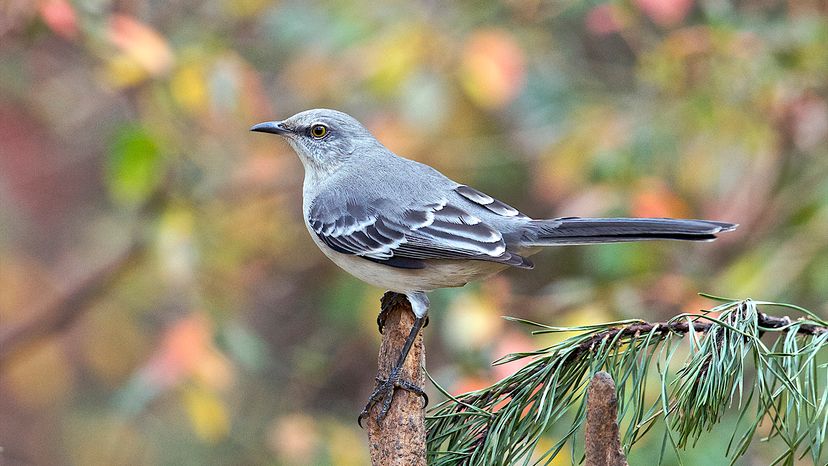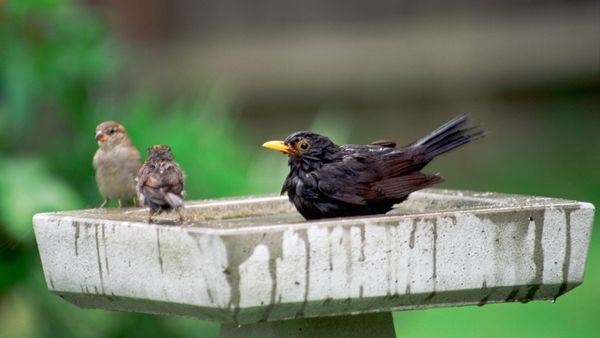Nature is chock full of animals who mimic each other. Harmless milk snakes have evolved to resemble deadly, venomous coral snakes so they can better deter predators. Alligator snapping turtles use wriggling, worm-shaped lures on their tongues to attract hungry fish. So what benefit does one bird derive from copying another bird's calls?
That depends on the species. The African fork-tailed drongo imitates other birds' alarm calls in order to scare its neighbors away and steal their food. Male satin bowerbirds try to woo potential mates by copying the songs of crows, cockatoos, kookaburras and the like. The ones with the most convincing impressions have the best chance of reproducing. "Mimicking the vocalizations of other species may be physiologically or mechanically difficult, and females may choose males on how accurately they [do so]," Brenowitz says.
Scientists aren't sure about why mockingbirds mock, though. Gammon says that robins and cardinals don't change their behavior when northern mockingbirds imitate their calls. Therefore, it seems unlikely that the mockingbirds are trying to manipulate other species through vocal mimicry.
An adult male mockingbird can emit up to 200 distinctive noises. You might be surprised to learn that these birds do have songs of their own, melodies that are not lifted from other avian species. Mockingbirds are most likely to imitate sounds — like titmouse cries, cardinal chirps, and yes, even car alarms — that are acoustically similar to the rhythm and pitch of their own voices. Nobody knows why that is.
"For me, the jury is still out on whether [any existing hypothesis] can explain mimicry in mockingbirds," Gammon says. "In science, it's better to embrace lingering uncertainty than to be proven wrong later on. Hopefully, future data will provide a clear path forward."


